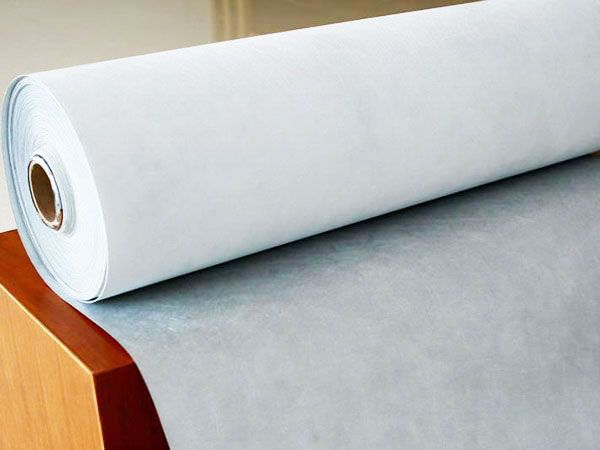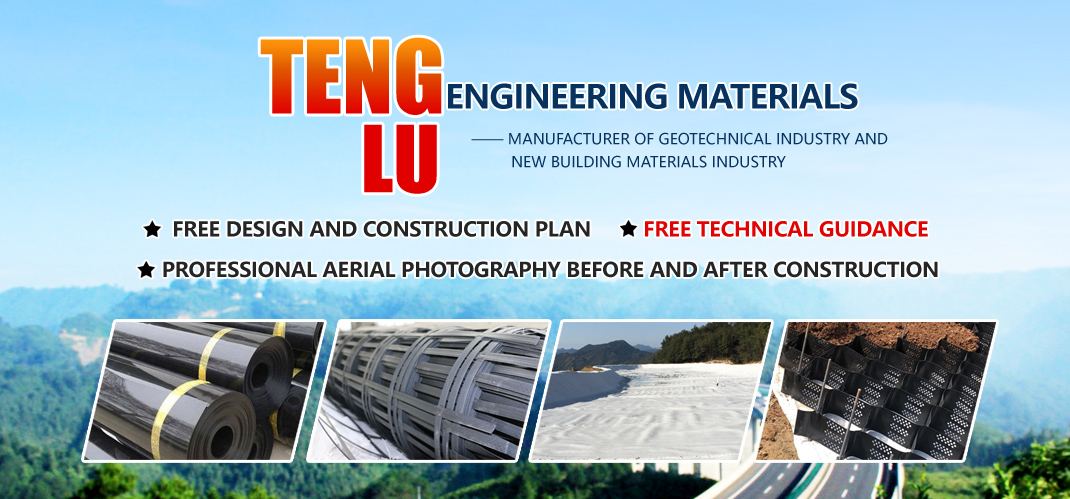
product description:
Hot rolling is the last web-forming technology in the production process of non-woven fabrics. It is a process of cooling and laying fabrics. Hot rolling is a high-heat (100~150 degree) rolling wheel that rolls uniform fiber filaments to melt them. Therefore, the hot-rolled non-woven fabric will have rolling spots on the cloth surface, which are similar to pinholes, but do not penetrate. The specific size depends on the size and density of the steel thorns on the rolling wheel. To sum up, it is not difficult to conclude that as a process, hot-rolled non-woven fabrics are not a specific kind of fabric, but a general term for a type of non-woven fabrics formed by similar processes. It is a spunbond polypropylene non-woven fabric, polyester non-woven fabric, and nylon non-woven fabric. The significant difference between these three categories is the difference in processing raw materials.
Polyester hot-rolled non-woven fabric raw materials:
1. Natural fibers: cotton, wool, hemp, silk;
2. Conventional fibers: viscose fiber, polyester fiber, acetate fiber, polypropylene fiber, polyamide fiber;
3. Differential fibers: superfine fibers, special-shaped fibers, low melting point fibers, high crimp fibers, antistatic fibers;
4. High functional fibers: aramid fiber, carbon fiber, metal fiber.
Polyester hot-rolled non-woven fabric features:
Nonwoven geotextiles can possess many characteristics and distinguishing properties such as non-entangled edges and unique fiber orientation in the fabric.
They can be soft or hard, strong or weak, directional and omnidirectional in performance, have one or both sides smooth or uneven, offer bulk or very compact, two or three dimensions, solid or patterned openings, absorbent or repelling and Porous puncture. Many of these features can be combined in a single receipt to satisfy one and thus use the product. Non-woven fabrics can stretch, stretch and recover and have a specific pore size, but cannot be drawn, which is a very important difference between non-woven fabrics and woven fabrics.
In addition, they can provide excellent substrates for coatings, composite materials, lamination, printing, embossing and forming, so they are often used in packaging materials. Relatively speaking, the cost of non-woven fabrics as packaging materials is more expensive than ordinary packaging cartons. It is also the reason why it is not widely used. If non-woven manufacturers want to fully open up this big market, it is undoubtedly a big challenge to reduce costs and take the green route.





